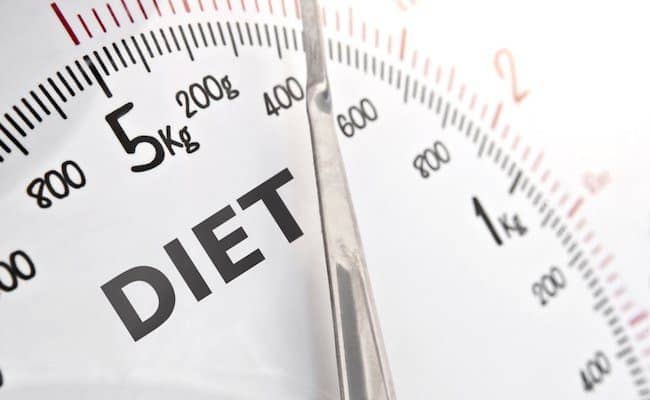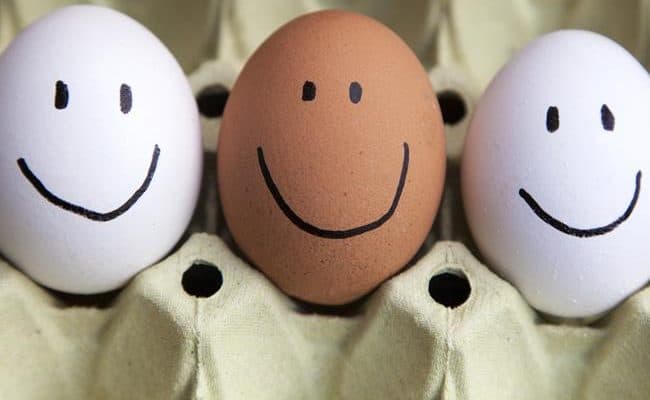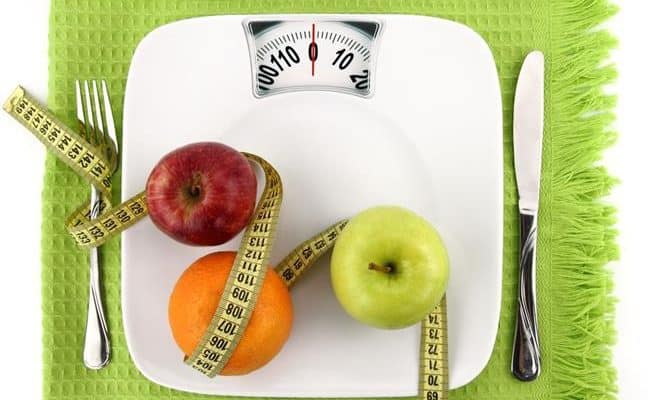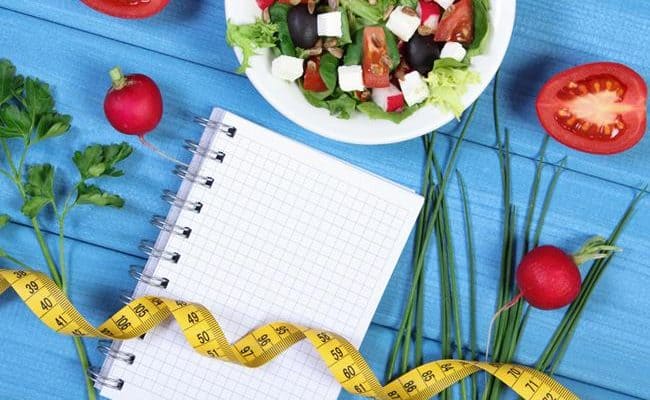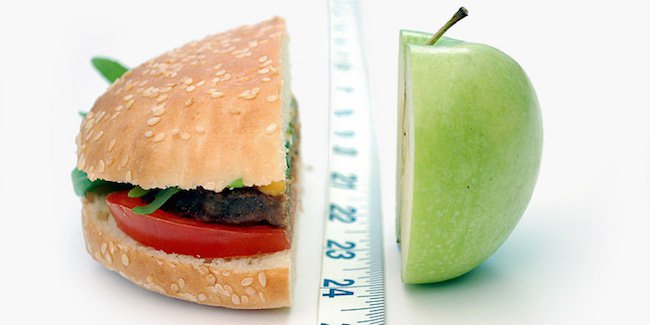
Trying to lose weight and/or eat a healthy diet? Here are 10 diet myths you may not know that may be hampering your weight loss.
MYTH 1: If you want to lose weight, don’t eat high calorie foods.
Not all high calorie foods need to be avoided when losing weight. Nuts are high in calories, but there are many positive health effects associated with eating nuts. A 2013 review study from The American Journal of Clinical Nutrition found that diets with nuts did not increase weight or waist circumference compared to diets that did not include nuts. Average nut consumption was ~1 ounce per day.
A 2010 study from The American Journal of Clinical Nutrition concluded that when pistachios or pretzels were given in isocaloric amounts, pistachios as a snack did not increase weight gain compared to the pretzel group.
The pistachio group also had a significant decrease in triglycerides compared to the pretzel group. These studies suggest eating nuts, which are high in calories, may not increase weight gain and can have other positive health benefits. You can also read about the best nuts for weight loss.
MYTH 2: You need to eat every 2-3 hours for best weight loss.
It is often suggested that eating every 2-3 hours may be best for promoting weight loss. However, a 2010 study from The Journal of Nutrition suggests eating more often than 3 times a day doesn’t have a significant impact on controlling appetite or reducing food intake throughout the day.
Can you lose weight eating every 2-3 hours? Sure, but you don’t have to eat that way to lose weight. Some people may have better success with weight loss when they don’t eat every 2-3 hours. If you’re not losing weight with eating something every few hours, try cutting back the frequency.
MYTH 3: Low fat or fat free is always best for losing weight.
Choosing fat free or low fat foods all the time may not always be best for weight loss. Fat free products can be higher in sugar, sodium and preservatives to counteract the loss in texture from fat.
Eating fat free foods may not be as satisfying as eating something with a little fat, and we may end up eating more of the food (and calories) to feel satisfied. Twenty to thirty five percent of calories can come from fat if they are primarily healthy fats like olive oil, nuts and avocados.
MYTH 4: You need to starve yourself in order to lose weight.
Reducing calorie intake decreases metabolism which slows calorie burn. Therefore, the more you reduce your calorie intake the more you slow your calorie burn. In general, it is not recommended to eat less than 1,000-1,200 calories per day unless guided by a physician. Eating too little can actually hamper weight loss efforts. See also: How many calories to lose weight.
Instead of feeling like you’re starving yourself, reduce calorie intake up to 500 calories per day and increase exercise. This may be more sustainable for long term weight loss and preserving muscle mass. Constantly being hungry can only take you so far with weight loss!
MYTH 5: Eggs should be avoided for weight loss because they’re high in cholesterol.
Eating eggs for breakfast or as a snack can be a part of a healthy weight loss diet. Eggs have gotten a bad reputation in the past for being high in fat, cholesterol and increasing risk for heart disease. However, according to a 2010 article from Food and Function, there is no significant connection between egg consumption and risk for heart disease.
Eggs have a lot of nutrients; they are a rich source of protein, antioxidants lutein and zeaxanthin and high in B vitamins. According to Harvard School of Public Health, most people can have up to 1 egg per day without increasing heart disease risk.
If someone has diabetes and heart disease, limited egg consumption may be beneficial and should be discussed with a medical professional.
MYTH 6: There is only 1 diet for weight loss.
Which weight loss diet is best– vegetarian, gluten free, high protein, Mediterranean, paleo, low carbohydrate? While there may be many health benefits for each varying diet, in terms of weight loss it is most important to think of what is sustainable for you.
A 2009 study from The New England Journal of Medicine tracked over 800 people who were on diets with various amounts of fat, carbohydrate and protein over 2 years. Researchers found that after 2 years, there was no significant difference in weight loss between the groups.
People can lose weight on any type of diet. For long term weight loss success, what may be more important, instead of macronutrient composition, is what diet you are going to stick with.
MYTH 7: Eating out of the bag is the same as eating off a plate.
No matter how much portion control you think you have, humans tend to eat more volume of food straight out of a container compared to eating a definable portion off a plate.
Instead of reaching in the chips bag, put a handful on a plate. Look at it while you’re eating. Chances are you will not eat as big of a serving off the plate compared to just reaching in the bag.
MYTH 8: Total calories per day are the only thing that matters for weight loss.
While its true total calories per day are important, it is also important to think about quality of calories. One hundred calories of fat free Oreos does not have the same effect in the body as 100 calories of carrots.
If you’re only eating junk foods but still stay under your calorie target, your weight loss goals can be hampered. Focus on quality not just quantity. Make sure you’re still getting fresh fruits, vegetables, lean proteins, whole grains and healthy fats in your diet to provide nutrients your body needs.
MYTH 9: The harder the exercise and the more you sweat, the better for weight loss.
No pain no gain, right? It may be true the more you sweat and feel the burn the greater the calorie burn. However, always doing exercise at a high intensity will burn mostly carbohydrate.
Moderate intensity exercise teaches the body to rely more on fat as a fuel.
Does this mean you should give up your high intensity interval class? No. However, varying your exercises and intensities could help with increasing fat loss. Incorporate moderate intensity exercise and high intensity exercise for optimal fitness results.
MYTH 10: Small changes can equal big results in weight loss.
This may come as a surprising myth, as this is commonly portrayed in the health field. However, this is addressed in an eye opening 2013 review article from top weight loss researchers in The New England Journal of Medicine.
For example, it is often assumed that small changes, like increasing calorie expenditure by 100 calories, could lead to weight loss of 50 pounds over 5 years.
However, researchers suggest this expected outcome doesn’t usually happen in real life. Individual differences are too variable to expect this outcome for most people.
Instead, what may be truer for most people, is weight loss usually happens from more dramatic changes. It’s great if you increase your calorie burn by 100, but if you want to lose 30 pounds you may need to up the exercise a lot more than 100 calories.
It’s not just about the number of calories or amount of exercise; quality for both is just as important. Sometimes absolutes we hear about weight loss are based on personal results someone has experienced, and it may not be a blanket truth for the general population.
References used in this article
